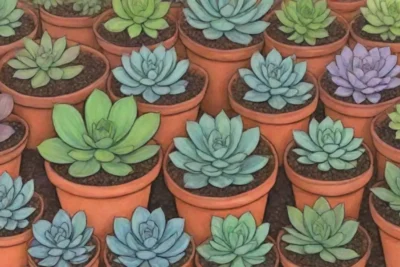
Utilizing Worm Castings for Natural Succulent Fertilization
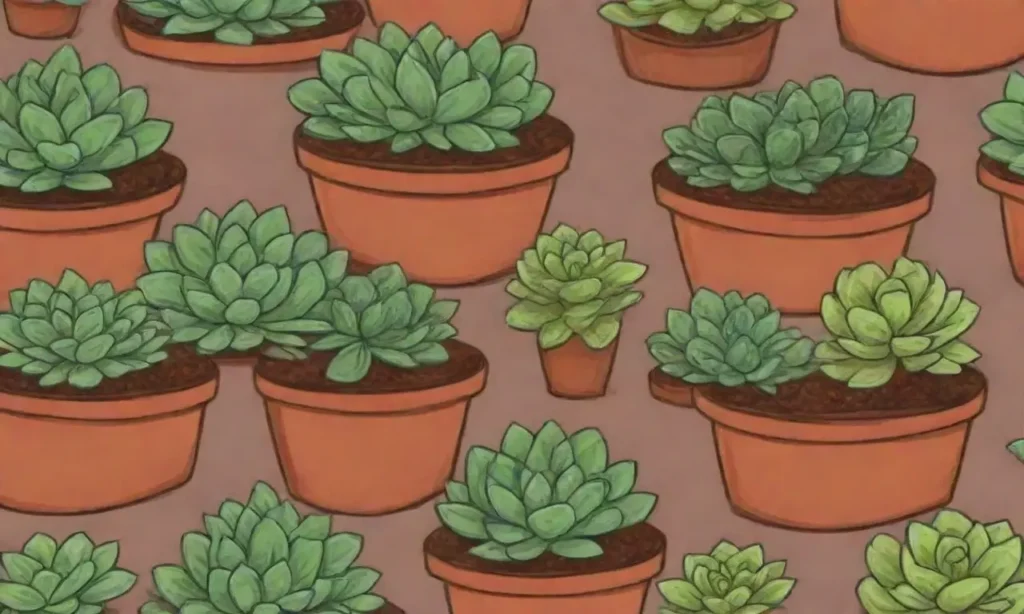
Introduction
Welcome to the captivating world of worm castings—a gardener's gold! In the realm of natural fertilizers, worm castings are rising to prominence as a potent and eco-friendly alternative for nurturing plants, especially succulents. Succulents, known for their striking appearances and unique water-storing capacities, thrive in well-draining soil and require specific nutrients for optimal growth. This article aims to delve deeply into the benefits of using worm castings as a natural fertilizer for these fascinating plants, exploring their nutritional content, application methods, and the science behind their extraordinary effects.
Choosing the right fertilizer for your succulents can be a perplexing affair. With countless options available on the market, it can be overwhelming to decipher which one is best for your green companions. By focusing on worm castings, we will explore not just how they can naturally fertilize your succulents but also why they should be a staple in every succulent gardener's toolkit. Whether you are a novice or a seasoned gardener, understanding the role of worm castings can enhance your succulent-growing journey, ensuring healthy and vibrant plants.
What are Worm Castings?
Worm castings are the excrement produced by earthworms, hailed as one of the most effective organic fertilizers available. These nutrient-dense by-products are rich in vital minerals, beneficial bacteria, and essential nutrients, making them a fantastic addition to the soil of your beloved succulents. As earthworms consume organic matter, such as plant waste, they break it down and transform it into a nutrient-rich substance, ultimately excreting it as worm castings.
The unique structure of worm castings is one of their key features. Unlike typical compost, which can be coarse and uneven, worm castings possess a soft, crumbly texture that enhances soil aeration and drainage. This property is particularly appealing to succulent lovers, as these plants prefer well-drained soil to prevent issues like root rot. The minute particle size of worm castings allows for greater surface area contact with soil, facilitating faster absorption of nutrients by succulent roots.
Moreover, the nutrient profile of worm castings speaks volumes. They are rich in nitrogen, phosphorus, and potassium—the three primary nutrients essential for plant growth. In addition to these macronutrients, worm castings also contain micronutrients like calcium, magnesium, and iron, which contribute to overall plant health. One of the most remarkable aspects of worm castings is their ability to promote microbial activity in the soil, leading to enhanced nutrient availability and improved soil structure.
Benefits of Using Worm Castings for Succulents
Using worm castings for your succulents yields numerous benefits that go beyond simple fertilization. Firstly, one of the standout advantages of worm castings is their ability to improve soil fertility. Unlike synthetic fertilizers that may provide quick fixes, worm castings release nutrients gradually into the soil, ensuring that plants receive a steady supply over time. This gradual release mechanism minimizes the risk of nutrient leaching and burning, common concerns associated with chemical fertilizers, especially in a dry climate where succulents often thrive.
Secondly, worm castings facilitate water retention in the soil, an invaluable trait for succulent gardening. Although succulents require well-draining soil to prevent excess moisture, they also benefit from retaining some level of moisture between watering. The sponge-like texture of worm castings can hold moisture while allowing excess water to drain, balancing the needs of your plants. As such, using worm castings can reduce the frequency of watering, making them particularly useful during hot summer months.
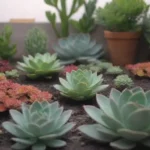 How to Properly Apply Fertilizer Without Hurting Succulents
How to Properly Apply Fertilizer Without Hurting SucculentsAnother significant benefit is the natural pest deterrent and disease-fighting properties inherent in worm castings. The presence of beneficial microbes in worm castings acts as a defense mechanism, suppressing harmful pathogens in the soil. When applied to your succulent soil mix, worm castings create an environment that bolsters plant resistance to diseases and pests, ultimately stimulating growth. This natural pest protection reinforces the reasons to use organic fertilizers rather than relying on synthetic chemicals.
How to Use Worm Castings for Succulents
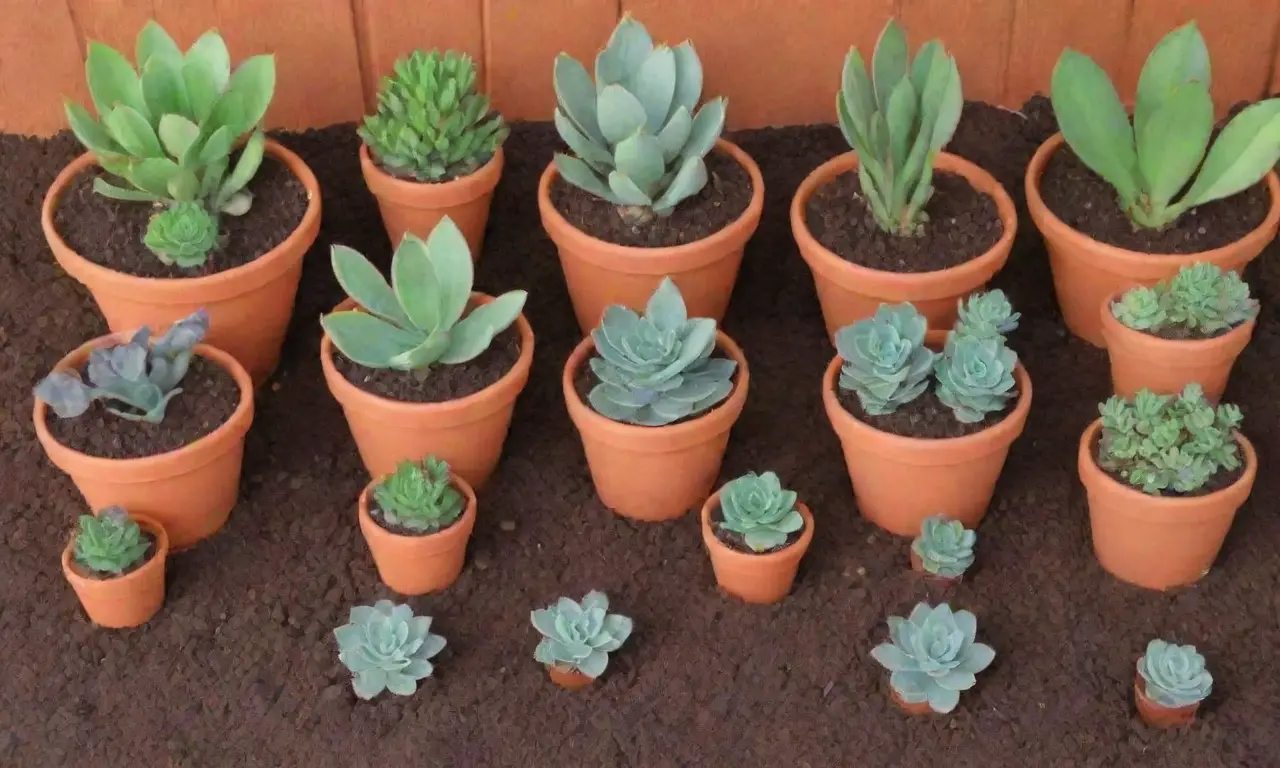
Integrating worm castings into your succulent care regimen is simple and effective. The primary methods of application include mixing them into the soil before planting, top-dressing established plants, and creating a liquid fertilizer. Each method provides distinct advantages based on your gardening needs and goals.
Mixing into Soil
To begin, if you're starting a new succulent garden or repotting existing plants, consider mixing worm castings with your soil blend. A suggested ratio is to use approximately 20% worm castings to 80% potting soil. This combination instills fertility right from the start, nurturing your succulents as they establish their roots. The soft, crumbly nature of worm castings enhances the texture of your soil, promoting better drainage, which is crucial for succulent health.
Top-Dressing
For established succulents, top-dressing is an excellent way to provide ongoing nutrition. Simply sprinkle a thin layer (about 1 to 2 inches) of worm castings around the base of the plant and gently incorporate it into the topmost layer of soil, being careful not to disturb the roots. This method not only provides nutrients but also improves moisture retention and soil structure over time. As rainfall or irrigation occurs, the nutrients in the castings will gradually seep into the soil, feeding your plants without overwhelming them.
Liquid Fertilizer
Creating a worm casting tea is another effective application technique. To prepare this nutrient-rich liquid fertilizer, mix one part worm castings with five parts water and let the mixture steep for 24 to 48 hours. Strain the liquid to remove solids, and the resulting “tea” can be used to water your succulents. This concentrated feed provides your plants with an immediate influx of nutrients and beneficial microorganisms, helping stimulate growth without over-fertilizing.
Best Practices for Using Worm Castings
To maximize the benefits of worm castings for your succulents, following best practices is essential. First and foremost, ensure that you are sourcing high-quality worm castings. Organic certified brands are preferred, as they generally ensure the product is free from harmful chemicals and contaminants. If you have the opportunity, consider making your own worm castings by utilizing a vermicomposting system. This not only provides a continuous supply of fresh worm castings but also contributes to reducing kitchen waste.
 Using Mycorrhizae to Enhance Fertilizer Efficiency in Succulents
Using Mycorrhizae to Enhance Fertilizer Efficiency in SucculentsAnother best practice is to be mindful of your watering regime when using worm castings. While they indeed help retain moisture, overwatering remains a risk for succulents. Always check the soil moisture level before watering—ideally, the top inch of soil should be dry. Remember that succulents thrive in arid conditions, and waterlogged soils can lead to root rot.
Lastly, incorporate worm castings into a broader soil management strategy that includes pH testing and the use of other organic materials, such as coconut coir or perlite. These additives can complement worm castings, helping create the perfect succulent habitat. Regularly monitor your succulent’s health, watching for signs of nutrient deficiency or pest problems that may need to be addressed. The beauty of using worm castings lies in their ability to harmonize with diverse gardening practices.
Conclusion
In conclusion, utilizing worm castings as a natural fertilizer for succulents fosters a sustainable and healthy gardening approach. With their rich nutrient profile, ability to improve soil structure, and their protective properties against pests and diseases, worm castings are a must-have addition to any succulent lover's toolkit. They provide a natural solution that not only supplies essential nutrients but also enhances the overall health of your plants and the surrounding environment.
As more gardeners shift toward organic practices, embracing worm castings aligns perfectly with the goal of promoting ecological balance. Not only do they enrich the soil in which your succulents grow, but they also encourage a contagious health within the surrounding ecosystem.
If you're looking to boost your succulent garden's growth while being eco-conscious, using worm castings is undoubtedly a step in the right direction. By caring for your plants with these nutrient-rich castings, you're supporting not just the health of your succulents but also the well-being of our planet. Embrace the magic of earthworms, and watch your succulents flourish as you combine nature’s wisdom with your love for gardening!
If you want to read more articles similar to Utilizing Worm Castings for Natural Succulent Fertilization, you can visit the Fertilizing Guidelines category.

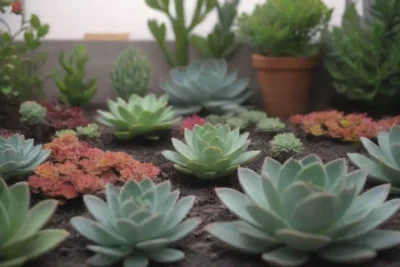
You Must Read